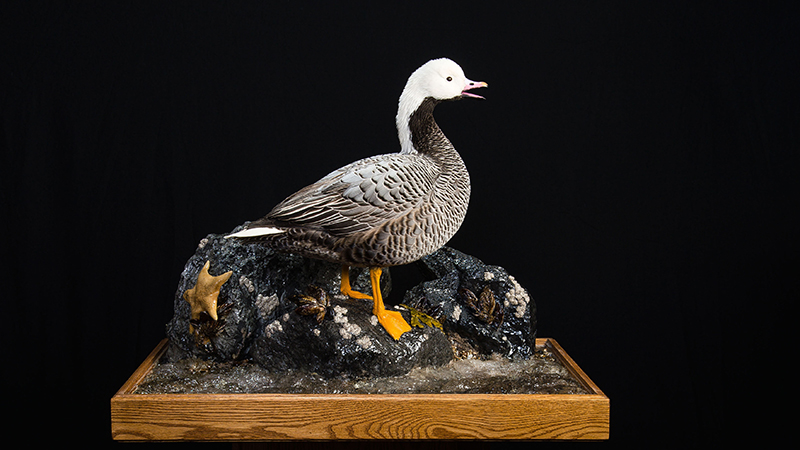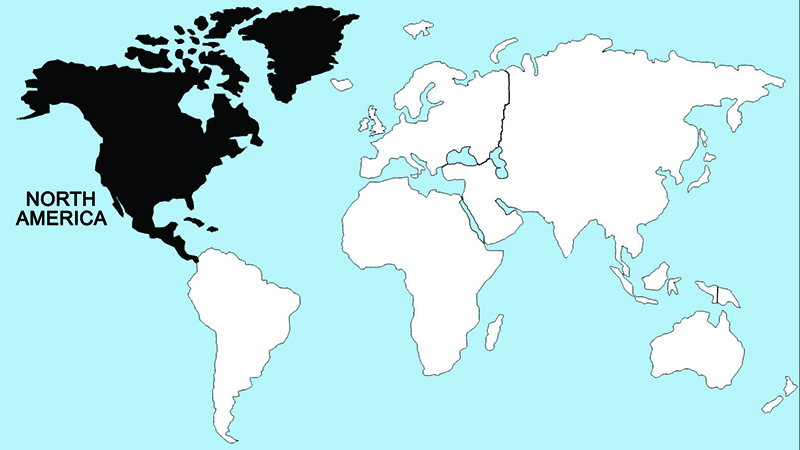Emperor Goose

Like other geese, emperor geese have strong and permanent pair bonds and relatively strong family bonds. Disintegration of the family bond apparently occurs among wintering flocks during the first winter of life and becomes completed by the time the birds have returned to their breeding areas. A rather small territory is defended around the nest site, with the male undertaking the major defensive role.
Emperor geese frequently select nesting sites used in previous years. The nests are most frequently situated in vegetative growth of the previous year, and usually are in slightly elevated situations that allow for excellent visibility and good drainage. The first egg is usually laid on the same day that the nest is constructed, and thereafter eggs are laid at approximate daily intervals until the clutch, averaging five eggs, has been completed. Incubation begins with the completion of the clutch and is performed only by the female, with the male defending the site. Although females leave their nests for short periods during the early stages of incubation, they sit almost continuously during the late stages, feeding on vegetation immediately around the nests and drinking dew or water from small depressions. The average incubation period is 24 days, and the brood normally leaves the nest within 48 hours of hatching. The young birds' fledging period has not been definitely established but is probably about 50–60 days, and allows them to attain flight by the end of August in most cases. The birds remain in family groups through the fall migration to the wintering grounds.
Regions Birds Are Found

Collection Location & Year
U.S. - Alaska, Cold bay 1981
Taxonomy
| Order | Anseriformes |
|---|---|
| Family | Anatidae |
| Tribe | Anserini |
| Species | Anser |
| Genus | canagicus |
Gender
Male
References
- Johnsgard, P. A. 1975b. Waterfowl of North America. Bloomington, IN: Indiana Univ. Press.
- Johnsgard, P. A. 1978. Ducks, Geese and Swans of the World. Lincoln, NE: Univ. of Nebraska Press.
- Elliot, A., J. del Hoyo, J. Sargatal, and C. Imboden, eds. 1992. Handbook of Birds of the World. Vol. 1 (Ostriches to Ducks). Barcelona, Spain: Lynx Editions.
- Kear, J. 2005. Ducks, Geese and Swans. London, UK: Oxford University Press.